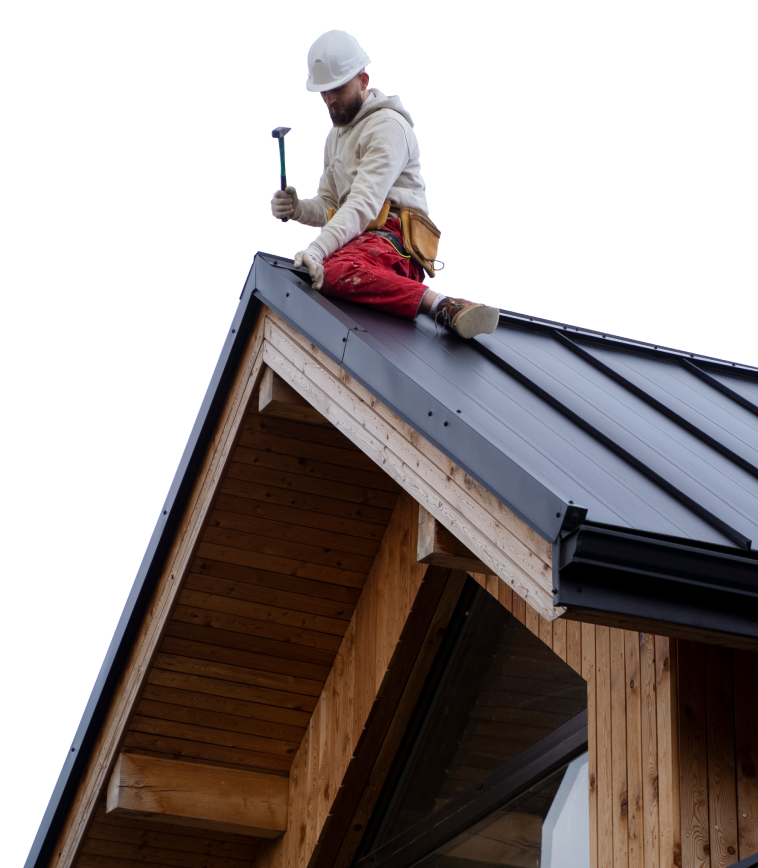
Roof insurance claims can be stressful and confusing, especially when you’re dealing with the aftermath of a major storm. Many homeowners struggle to understand the differences between wind damage and water damage and how each is handled by insurance providers. Roof insurance claims depend on various factors, including the type of storm, the visible damage, and the exact cause of that damage. Making sense of your coverage and submitting accurate documentation can help you avoid delays and disputes. Because roof insurance claims are tied so closely to the cause of damage, knowing what to look for can help protect your investment and get you the compensation you need.
Understanding the difference between wind and water damage is one of the first steps to managing roof insurance claims effectively. Wind can tear shingles off your roof, dislodge flashing, and create openings that later allow water to enter. Water damage, on the other hand, may result from leaks caused by previous wind events or from clogged drainage systems. Insurance companies often look closely at what came first, as roof insurance claims must be properly categorized for coverage to apply. If water damage results from unresolved maintenance issues, it may not be covered, even if the damage appears extensive. That’s why quick inspection and documentation are essential.
Wind damage is typically covered under most standard homeowners’ insurance policies. However, that coverage depends on proper documentation and the ability to demonstrate that wind, not neglect, caused the issue. After a storm, signs of wind damage may include:
To make roof insurance claims go more smoothly, take photos of these elements as soon as it’s safe to do so. Insurance adjusters will assess how the wind affected your specific property and compare your claim to the local weather data. If your area experienced confirmed high winds and there is visible evidence of damage, your claim is more likely to be accepted without issue.
Water damage can be more difficult to claim, especially if it is not immediately tied to a recent wind event. For example, if a storm occurred weeks prior but the homeowner did not notice a leak until much later, insurers may argue that the damage could have been prevented with earlier intervention. Water stains, mold growth, ceiling damage, and insulation saturation are all indicators of water infiltration. However, roof insurance claims based on water damage must also show that the water entered due to a covered event and not due to aging materials or lack of upkeep.
Roof insurance claims for water damage tend to be more complex because water travels. It may enter the roof at one location and cause damage elsewhere in the structure, making the original point of entry difficult to determine. This is why professional inspection is often required. Working with a roofing contractor who has experience in both repair and insurance documentation can make the process easier and more transparent.
After noticing damage, your first step should be to protect your home from further harm. If possible, place a tarp over the affected area and move valuables out of harm’s way. Then, start the documentation process:
Roof insurance claims that include detailed and time-stamped information are more likely to be processed without delays or disputes. If your insurer denies the claim or only offers partial coverage, you may be able to appeal with further evidence.
At E.W. MacDowell, we have been helping homeowners throughout South Florida with roof insurance claims for decades. Our team understands the fine line between wind and water damage and how to present findings in a way that supports your claim. We perform detailed roof inspections and provide you with a full report, including photos, written assessments, and repair estimates.
We also work closely with insurance adjusters when needed and can advocate on your behalf to ensure you receive the coverage you deserve. Our experience with both residential and commercial properties allows us to adapt our services to each situation. We are committed to honest assessments, quality repairs, and making sure our clients are not left with unexpected bills after a covered event.
While roof insurance claims help cover damage after the fact, prevention goes a long way. Routine maintenance, regular inspections, and timely repairs can reduce the risk of storm damage and help ensure that your insurance provider sees your property as properly cared for. This improves your chances of a claim being approved if disaster strikes.
Small issues like cracked shingles, loose flashing, or minor leaks can turn into major problems when a storm hits. If you’re unsure about the condition of your roof, schedule an inspection before hurricane season ramps up. Keeping your roof in good shape is the first step in protecting your home and simplifying future roof insurance claims.
Reach Out to Us to Get Started on Your Upcoming Roofing Project
E.W. MacDowell Inc. is here to be your expert roofing partner, helping you make the best decision for your home or business.
